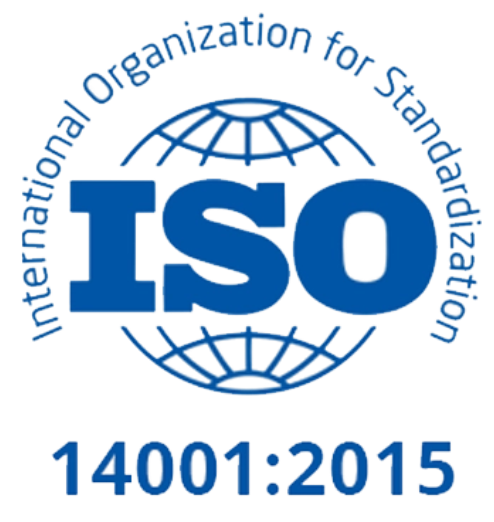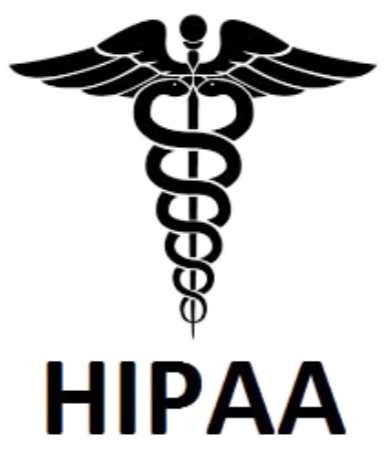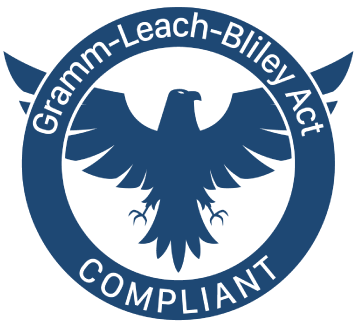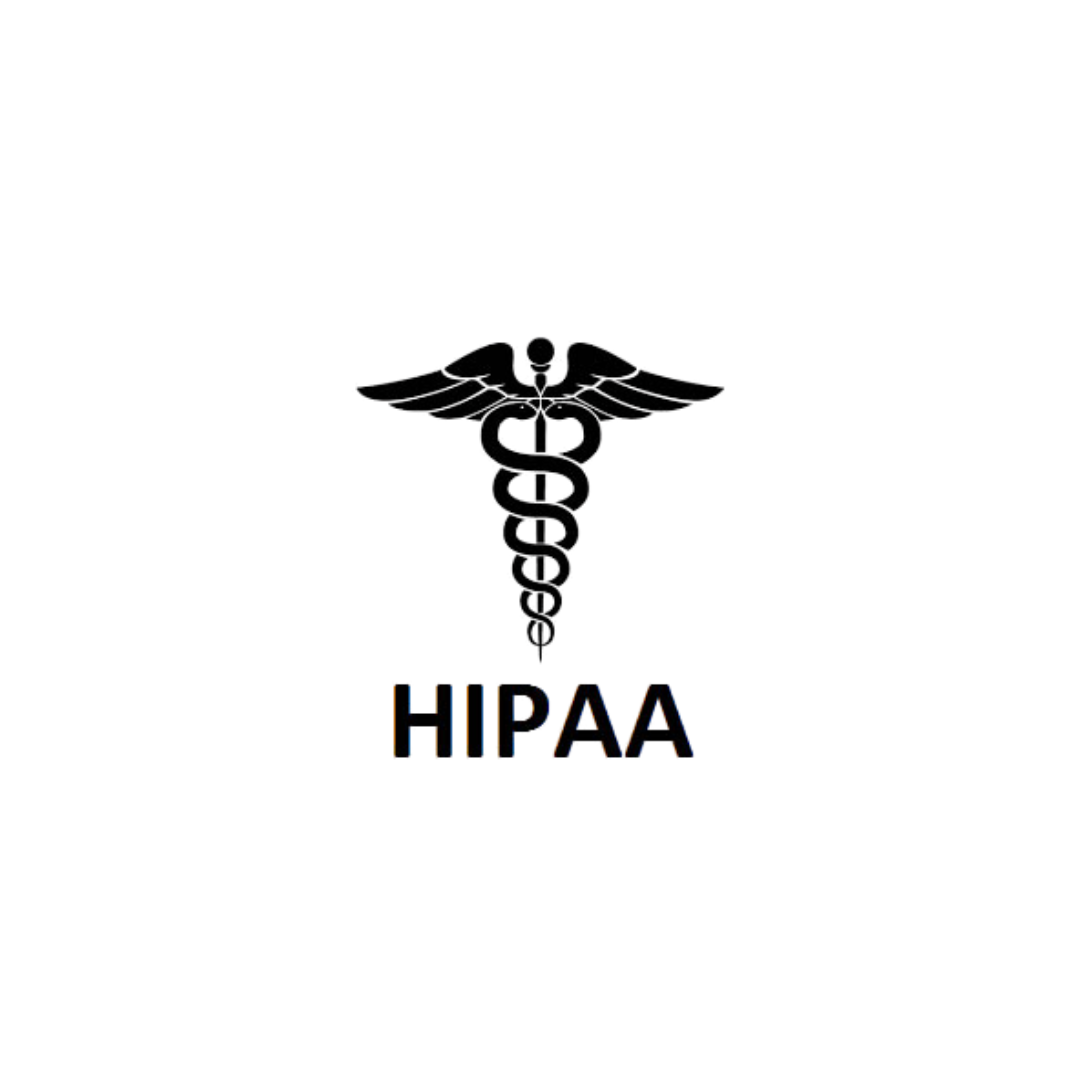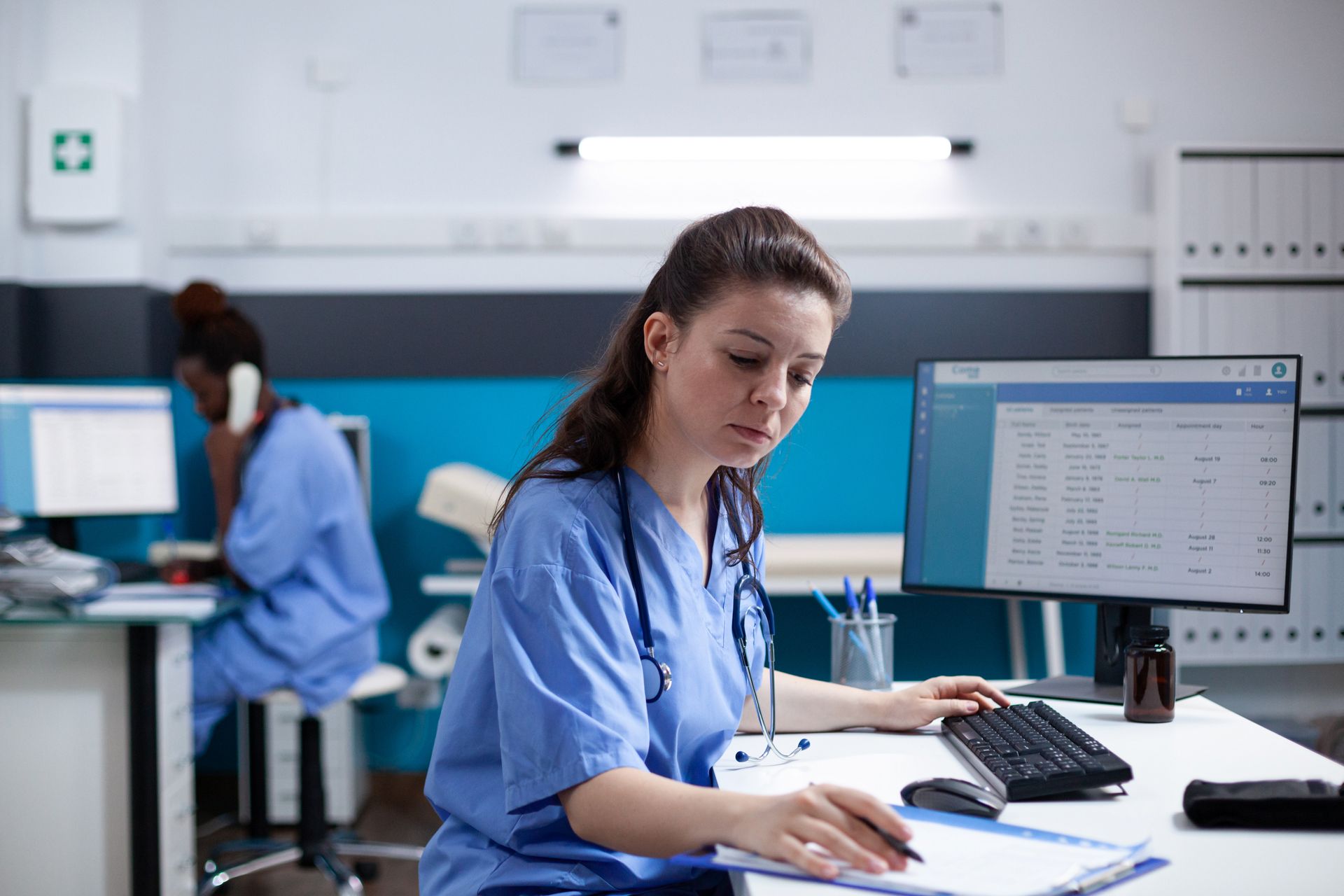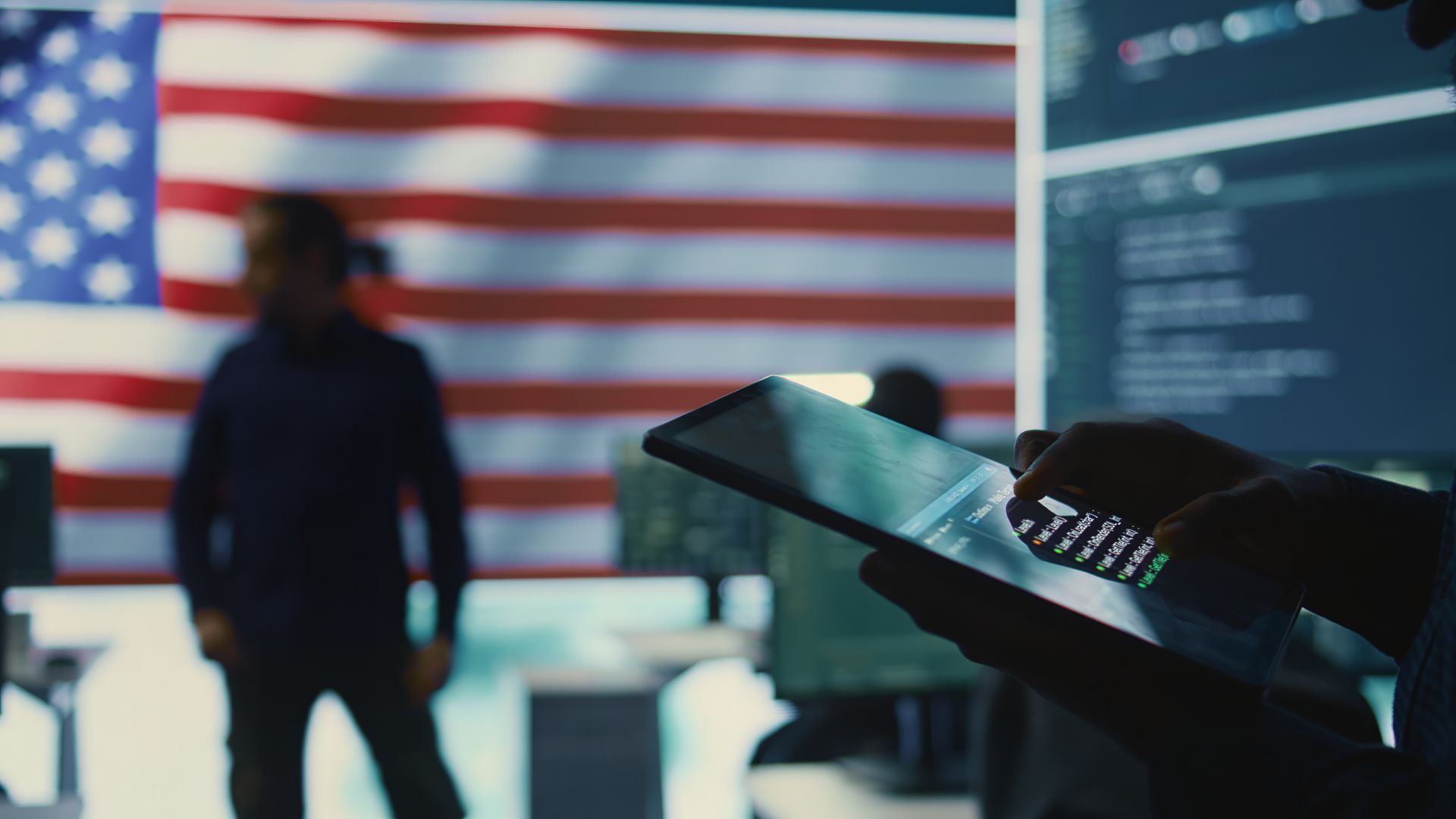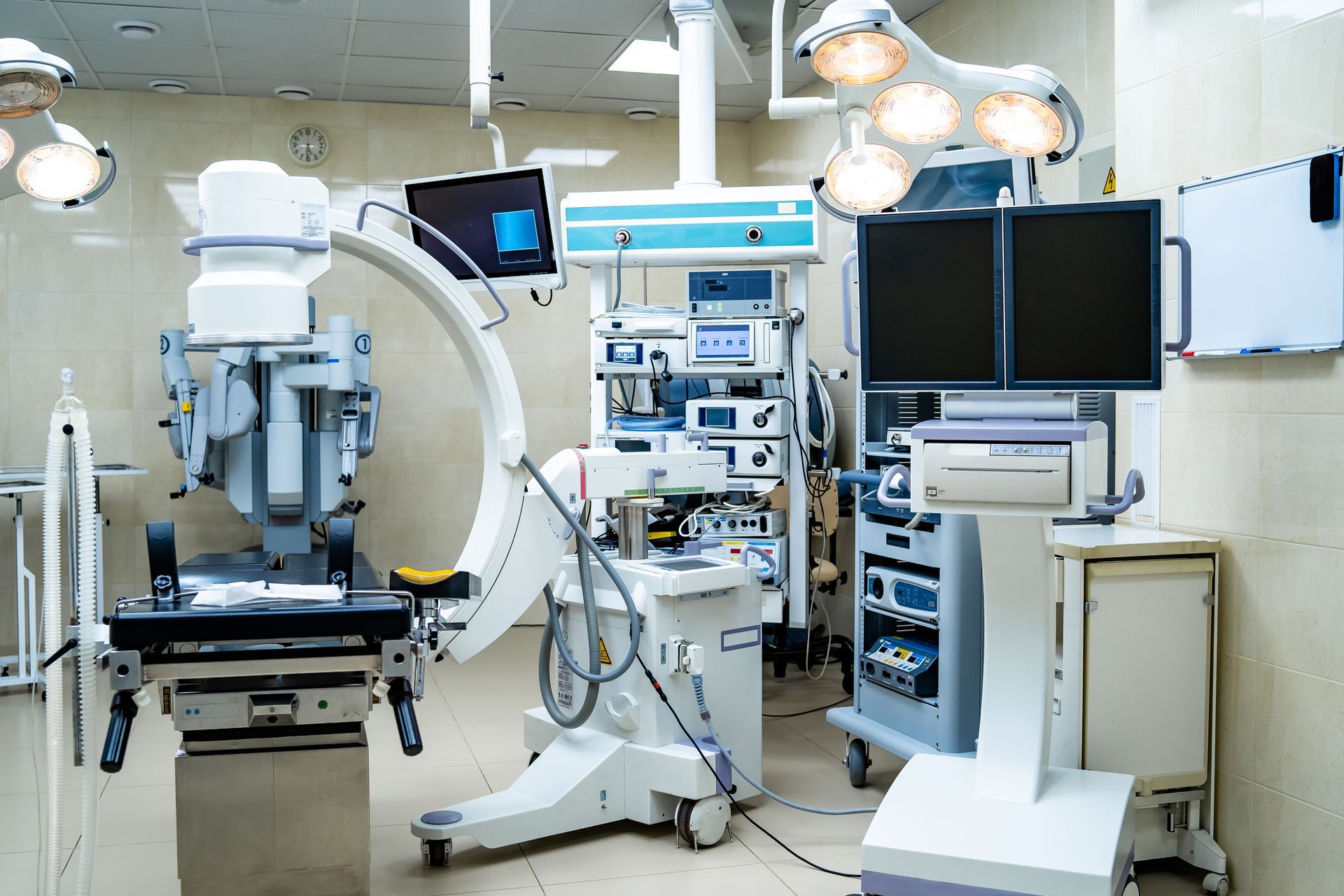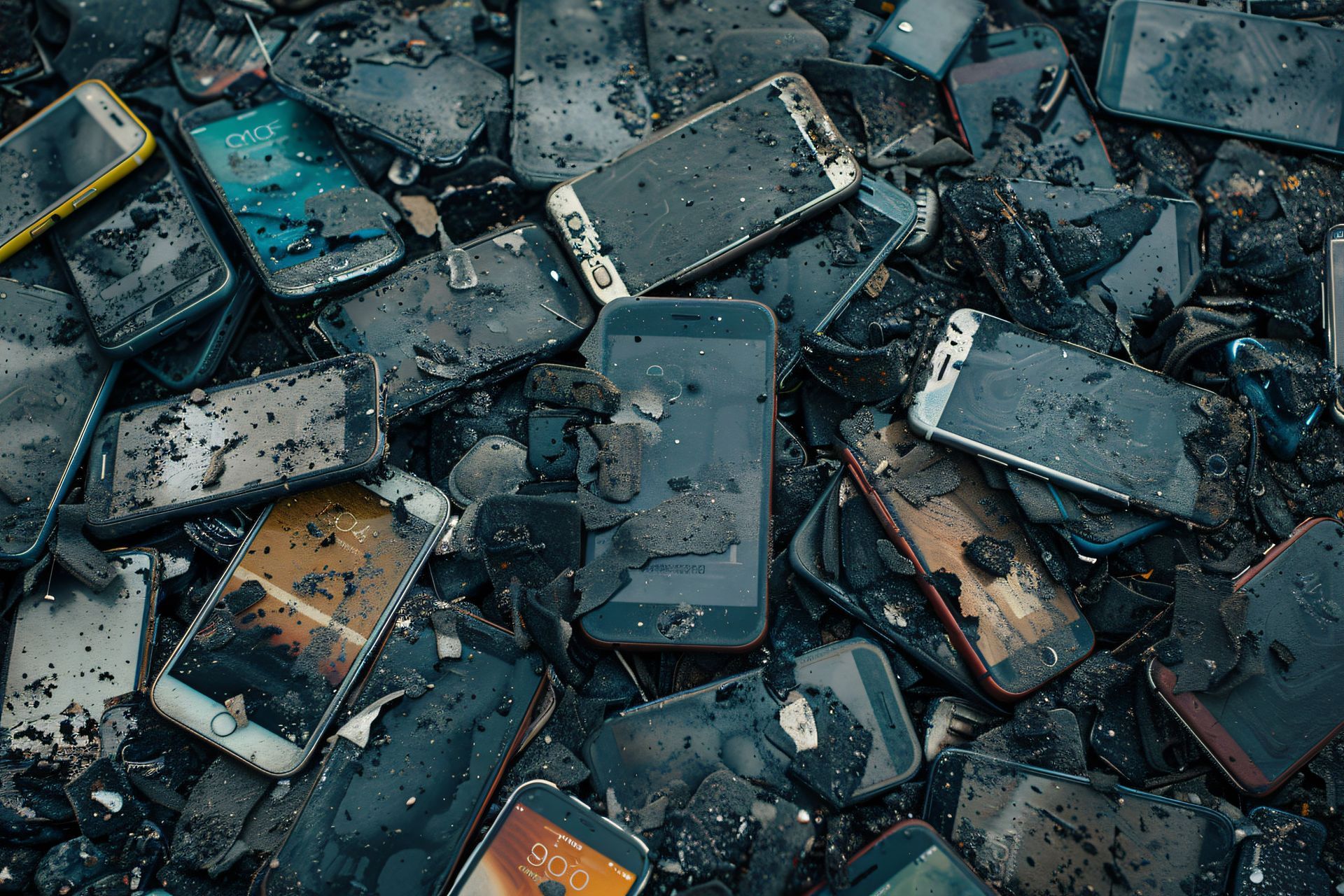The Complete Guide to Modern Recycling Solutions in California
The escalating global waste crisis is undeniable, with over 2 billion tons of municipal solid waste generated annually, projected to reach 3.40 billion tons by 2050. Landfills, a significant contributor to greenhouse gas emissions, particularly methane, underscore the urgent need for transformative change. This is where modern recycling solutions step in—innovative approaches that move beyond traditional waste disposal to redefine how we manage and value discarded materials.
This comprehensive guide will explore the evolution of recycling, delve into the core technologies driving its modernization, examine industry-specific applications, and outline a practical implementation roadmap for a more sustainable future, all through the lens of effective modern recycling.
1. The Evolution of Recycling: From Traditional to Modern Approaches in California
Recycling isn't a new concept; its history traces back to ancient civilizations. However, the Industrial Revolution brought mass production and a need for more structured waste management. Traditional recycling, often reliant on manual sorting and basic mechanical processes, has faced significant limitations, particularly in addressing the diverse waste streams of a vibrant state like California.
Limitations of conventional recycling methods include:
- Material Degradation (Downcycling): Many materials, especially plastics, degrade in quality with each cycle, limiting their reuse in high-value products.
- Contamination: Inefficient sorting leads to high contamination rates, rendering batches unusable and increasing processing costs, a common challenge for recycling in California.
- Energy Intensity: While better than virgin production, traditional recycling still requires considerable energy for collection, transport, sorting, and reprocessing.
- Economic Viability: Fluctuating commodity markets can make traditional recycling financially unappealing compared to landfilling in some regions.
- Limited Scope: Conventional methods struggle with complex, multi-material products like e-waste or blended textiles.
The push for modern recycling innovation stems from several key drivers:
- Mounting Waste Crisis: The sheer volume and complexity of global waste demand more effective solutions.
- Environmental Concerns: Growing awareness of climate change, pollution, and resource depletion necessitates sustainable alternatives, especially in environmentally conscious California.
- Resource Scarcity: Depleting natural resources make resource recovery through recycling increasingly vital.
- Circular Economy Transition: The global shift towards a circular economy, aiming to keep materials in use, is a primary driver.
- Technological Advancements: Breakthroughs in AI, robotics, chemical engineering, and data analytics provide the tools for revolutionary change in California recycling.
Modern recycling distinguishes itself from traditional methods through its reliance on advanced technology, greater efficiency, and a broader scope of materials it can handle. It moves beyond simple physical separation to molecular breakdown and smart management, offering superior modern recycling services for businesses and municipalities.
2. Core Technologies Powering Modern Recycling Solutions
The landscape of modern recycling is being revolutionized by cutting-edge technologies that enhance efficiency, accuracy, and the range of recyclable materials, making recycling in California more effective than ever before.
- AI-Powered Sorting Systems and Computer Vision: Artificial Intelligence and computer vision are transforming waste sorting at a
modern recycling center. High-resolution cameras and sensors, combined with machine learning algorithms, enable systems like those NxtStep Recycling leverages, to identify and classify diverse materials (plastics, metals, glass, paper, specific brands) with unprecedented speed and accuracy (often exceeding 90%). This significantly reduces contamination, increases the purity and value of recyclables, and automates processes previously done manually, setting a new standard for
modern recycling services.
- Robotics and Automated Processing Equipment: Robotic arms, integrated with AI and computer vision, are crucial for physically sorting and separating materials on conveyor belts. These robots can perform numerous picks per minute, far exceeding human capabilities. They enhance safety by handling hazardous materials, reduce labor costs, and increase throughput in material recovery facilities (MRFs), proving essential for a leading
modern recycling company like NxtStep Recycling.
- Chemical Recycling and Molecular Breakdown: Also known as advanced or molecular recycling, this breaks down plastic polymers into their original monomers or other chemical components using heat, pressure, catalysts, or solvents. Technologies include
pyrolysis (heating to produce oils or gases),
depolymerization (breaking polymers into monomers), and
solvolysis (using solvents). These methods can process mixed, contaminated, or previously unrecyclable plastics, creating "virgin-quality" new plastics and fostering a true closed-loop system.
Enzymatic recycling, a subset, uses specialized enzymes to break down plastics like PET under mild conditions, offering a selective and environmentally friendly approach to plastic
recycling in California.
- IoT Sensors and Smart Bin Technologies: The Internet of Things (IoT) is making waste collection smarter and more efficient. Sensors embedded in waste bins monitor fill levels, temperature, and even waste type in real-time. This data optimizes collection routes, deploying vehicles only when bins are full and preventing overflows.
Smart bins lead to reduced fuel consumption, lower operational costs, fewer emissions, and improved urban cleanliness for any
modern recycling company.
Blockchain for Waste Tracking and Transparency: Blockchain technology provides a secure, decentralized, and immutable ledger system to track waste throughout its lifecycle. Each waste item or batch can be assigned a unique digital identity, recording every transaction. This enhances traceability, accountability, and transparency, combating illegal dumping, reducing fraud, and verifying ethical sourcing. Blockchain can also integrate with IoT sensors for real-time data, creating a more trustworthy and efficient waste management ecosystem, a key component of robust
modern recycling services.
3. Industry-Specific Modern Recycling Applications in California
Modern recycling solutions are being tailored to address the unique challenges of various waste streams, driving significant advancements across industries and enhancing California recycling capabilities.
- Electronics and
E-waste Recycling Innovations: E-waste is a rapidly growing and complex waste stream due to its diverse materials (precious metals, plastics, hazardous substances). For any
modern recycling center handling e-waste, innovations include:
- Automated Disassembly Robots: Precisely and quickly disassemble electronic devices, safely separating components and increasing material recovery.
- Bioleaching/Microbial Metal Recovery: Microorganisms extract valuable metals (gold, copper, palladium) from e-waste, offering an eco-friendly alternative to energy-intensive smelting.
- Advanced Metallurgy Techniques: Hydrometallurgical and electrochemical processes recover high-purity metals from complex e-waste.
- Chemical Recycling for E-plastics: Innovative chemical processes break down mixed and contaminated plastics from e-waste.
- Plastic Recycling Breakthroughs (Chemical Recycling, Enzymatic Processes): Beyond mechanical recycling, advanced methods are creating a more circular plastic economy crucial for
recycling in California:
- Chemical Recycling: Pyrolysis, depolymerization, and solvolysis convert mixed or contaminated plastics into high-quality raw materials or fuels.
- Enzymatic Recycling: Specialized enzymes break down polymers into their original monomers, allowing for the production of virgin-equivalent plastics without quality loss.
- Dissolution Recycling: Polymers are dissolved in solvents to separate them from contaminants, yielding purified plastic raw materials.
- Textile and Fashion Industry Recycling Solutions: The fashion industry is a significant waste contributor.
Modern recycling services aim for textile-to-textile recycling:
- Chemical Recycling of Textiles: Breaks down synthetic fibers into molecular components for re-spinning into new fibers.
- Mechanical Recycling Advancements: Improved shredding and fiber regeneration reprocess old textiles into new yarn.
- Automated Sorting: AI-powered systems efficiently sort diverse textile waste by composition and color.
- Construction and Demolition Waste Processing: C&D waste is a massive stream, vital for
California recycling.
Modern processing aims for high recovery rates:
- On-site Mobile Recycling: Portable crushing and screening equipment process concrete, asphalt, and masonry into aggregates on-site, reducing transportation costs.
- Automated Sorting Facilities: Use screens, magnets, air separators, and robotics to efficiently separate various C&D materials.
- Waste-to-Fuel Conversion: Combustibles from C&D waste can be processed into refuse-derived fuel (RDF).
- Recycled Aggregates: Concrete, brick, and asphalt are reused for new construction or road bases.
- Food Waste to Energy Conversion Technologies: Organic food waste can be a valuable resource for
modern recycling:
- Anaerobic Digestion (AD): Microorganisms break down organic waste, producing biogas (for electricity, heat, or fuel) and digestate (fertilizer). AD manages food waste, reduces landfill methane, and generates renewable energy.
- Thermal Conversion (Pyrolysis & Gasification): High-temperature processes convert organic waste into bio-oil, biochar, or syngas, usable as fuels or chemical feedstocks.
4. Smart Waste Management Systems for Modern Recycling
Modern recycling extends beyond processing to encompass intelligent waste management systems leveraging digital technologies to optimize collection, tracking, and resource allocation. These systems are key to efficient California recycling and are implemented by leading modern recycling companies.
- Digital Platforms for Waste Tracking: Cloud-based platforms and mobile apps serve as central hubs for real-time waste data. They enable digital logging of waste generation, assign unique tracking IDs (e.g., QR codes, RFID tags), and maintain immutable records of waste movement from source to final destination. This enhances transparency, provides an audit trail, and aids regulatory compliance, especially crucial for advanced
modern recycling services.
- Route Optimization for Collection Vehicles: GPS tracking, real-time traffic data, and AI-driven algorithms dynamically optimize waste collection routes. Systems analyze fill levels from IoT sensors to determine the most efficient paths, minimizing travel distance, fuel consumption, and emissions. This is a critical component for efficient
recycling in California.
- Predictive Analytics for Waste Generation: Machine learning algorithms analyze historical waste data, real-time sensor inputs, and socio-economic factors to predict waste generation trends. This enables better planning for collection schedules, resource allocation, and facility capacity, shifting waste management from reactive to proactive—a hallmark of a truly
modern recycling company.
- Mobile Apps for Consumer Engagement: User-friendly mobile applications empower citizens and businesses to participate effectively in
modern recycling:
- Provide clear waste sorting advice to reduce contamination.
- Offer up-to-date collection schedules and reminders.
- Allow users to report issues like missed collections or overflowing bins.
- Can integrate reward systems for responsible recycling.
Real-time Monitoring and Reporting Dashboards: Centralized dashboards provide a comprehensive overview of waste management operations, displaying key performance indicators (KPIs) in real-time. These monitor bin fill levels, fleet status, recycling rates, contamination rates, operational costs, and environmental impact. This enables managers at any modern recycling center to make immediate operational adjustments and ensure regulatory compliance.
5. Benefits of Implementing Modern Recycling Solutions
Implementing modern recycling solutions offers widespread advantages, impacting environmental health, economic stability, and corporate reputation, especially for businesses committed to California recycling.
- Environmental Impact Reduction:
- Reduced Landfill Waste: Diverts larger volumes and diverse types of waste from landfills, conserving land and reducing environmental burden.
- Lower Greenhouse Gas Emissions: Significantly cuts energy consumption and associated CO2 emissions by reducing the need for virgin material extraction. Diverting organic waste reduces potent methane emissions, a crucial benefit for recycling in California.
- Conservation of Natural Resources: Reclaiming materials reduces demand for new raw materials, preserving forests, water, and minerals.
- Reduced Pollution: Cleaner technologies minimize air and water pollution from manufacturing and disposal.
- Cost Savings and ROI Analysis:
- Lower Disposal Costs: Directly saves on landfill fees, a significant advantage for businesses seeking modern recycling services.
- Revenue from Recyclables: High-quality processed recyclables become valuable commodities that can be sold back into the market.
- Energy Savings: Substantial energy savings from using recycled materials lead to lower production costs.
- Operational Efficiencies: Optimized collection, automated sorting, and predictive analytics reduce fuel, labor, and overall expenses.
- Return on Investment (ROI): Long-term cost reductions, revenue generation, and enhanced efficiencies lead to attractive ROIs, with some closed-loop systems showing 15-30% improvements.
- Regulatory Compliance Advantages:
- Meeting Mandates: Helps businesses and municipalities comply with increasingly stringent local, national, and international waste management regulations, including landfill bans, recycling quotas, and Extended Producer Responsibility (EPR) schemes, especially prevalent in California recycling.
- Avoiding Fines: Proactive compliance reduces the risk of penalties and legal challenges.
- Demonstrating Leadership: Exceeding requirements positions organizations as environmental leaders.
- Brand Reputation and Sustainability Credentials:
- Enhanced Public Image: Consumers are increasingly eco-conscious. Implementing robust modern recycling initiatives, like those offered by a reputable modern recycling company such as NxtStep Recycling, significantly boosts brand reputation and fosters customer trust and loyalty.
- Competitive Advantage: Strong sustainability credentials differentiate businesses, attracting environmentally aware customers and investors.
- Attracting Talent: Companies committed to sustainability often find it easier to attract and retain employees.
- ESG Performance: Contributes positively to a company's Environmental, Social, and Governance (ESG) performance, crucial for investors.
- Operational Efficiency Improvements:
- Streamlined Processes: Automation, smart systems, and data analytics optimize every stage of waste management, from collection to sorting and processing.
- Increased Throughput: AI-powered sorting and robotics enable faster processing of larger waste volumes.
- Reduced Contamination: Precise sorting improves material purity for downstream manufacturing.
- Proactive Management: Real-time monitoring and predictive analytics enable proactive problem-solving.
Better Resource Utilization: Accurately identifying and recovering valuable materials turns liabilities into assets.
6. Challenges and Considerations for Modern Recycling in California
While the benefits are immense, implementing modern recycling solutions comes with unique challenges and considerations that require careful planning, particularly for those looking for modern recycling near me or operating a modern recycling center.
- Initial Investment Costs and Funding Options:
- High Capital Outlay: Advanced technologies, such as AI sorting systems and chemical recycling plants, require substantial upfront investment in equipment, infrastructure, and software.
- Funding Options: Businesses and municipalities can explore bank loans, venture capital, government grants (especially for California recycling initiatives), public-private partnerships (PPPs), and green bonds.
- Technology Integration Complexities:
- Compatibility Issues: Integrating new, advanced technologies with existing legacy waste management infrastructure can be complex.
- Data Management: Implementing IoT sensors and AI requires robust data collection, storage, and analytics capabilities, as well as addressing data privacy and security concerns.
- Systemic Overhaul: Moving towards a fully integrated smart recycling system often necessitates a fundamental overhaul of current operational workflows and IT infrastructure.
- Maintenance and Expertise: Advanced machinery and software require specialized maintenance and a skilled workforce to operate and troubleshoot.
- Staff Training and Change Management:
- Skill Gap: The adoption of modern recycling technologies creates a demand for new skills in robotics operation, AI system management, and data analysis.
- Training Needs: Comprehensive training programs are essential to educate employees on new sorting protocols, equipment operation, and the importance of data accuracy.
- Resistance to Change: Employees may resist new technologies; effective change management strategies, including transparent communication and employee involvement, are crucial.
- Regulatory and Policy Considerations:
- Evolving Regulations: The regulatory landscape for waste management and California recycling is constantly evolving, with new policies emerging to support circular economy principles, set stricter recycling targets, and address specific waste streams. Businesses must stay informed and adapt.
- Standardization Challenges: Lack of consistent regulations and standards across different regions can create complexities.
- Extended Producer Responsibility (EPR): Many policies, especially in California, are shifting the financial and operational responsibility for end-of-life products to manufacturers.
- Market Readiness and Consumer Adoption:
- Consumer Confusion: Despite technological advancements, consumer confusion about what and how to recycle remains a significant challenge, leading to contamination. Clear, consistent public education campaigns are vital for effective recycling in California.
- Infrastructure Gaps: The lack of widespread and accessible collection infrastructure can hinder consumer adoption, even for a cutting-edge modern recycling company.
- Market Volatility: Fluctuations in commodity prices of recycled materials can impact the profitability of recycling operations.
- Demand for Recycled Content: Consistent demand for high-quality recycled content from manufacturers is essential to "close the loop."
Addressing these challenges requires a collaborative approach involving governments, industry, technology providers like NxtStep Recycling, and consumers to create a supportive ecosystem for modern recycling solutions.
7. Future Trends and Emerging Technologies in Modern Recycling
The field of modern recycling is dynamic, with exciting innovations and policy shifts on the horizon that promise to reshape waste management, particularly for California recycling.
- Next-Generation Recycling Innovations on the Horizon: Continued development in sensor-based sorting for even more precise material identification, research into new bio-based and biodegradable plastics, application of nanotechnology in material breakdown, direct
recycling for batteries, electrochemical recycling, and
Waste-to-Product (WtP) Solutions that convert waste directly into valuable new products.
- Integration with Circular Economy Principles:
- Design for Circularity: Products will increasingly be designed for durability, repairability, easy disassembly, and the use of recycled content.
- Closed-Loop Systems: Greater emphasis on continuously circulating materials, minimizing waste and maximizing resource value.
- Service-Based Models: Shifting from selling products to offering product-as-a-service to encourage reuse and extended product lifespans.
- Role of Artificial Intelligence and Machine Learning: AI will continue to enhance sorting accuracy and speed, enable predictive maintenance for recycling facilities, optimize processing, and improve the entire recycling supply chain, including logistics and demand forecasting for recycled materials. AI is central to the evolution of any
modern recycling center.
- Potential Policy and Regulatory Changes: Governments worldwide, and particularly in California, will likely implement more ambitious and mandatory recycling targets. Expanded EPR schemes, mandatory recycled content policies, digital waste tracking mandates, and efforts to harmonize global standards are anticipated. Incentives for innovation in
modern recycling will also likely increase.
- Investment Trends and Market Predictions: The global waste management and recycling market is projected to grow significantly, driven by increasing waste generation and demand for sustainable solutions. Significant capital will flow into companies developing and implementing chemical recycling, AI-powered sorting, and other next-generation
modern recycling solutions. A trend towards onshoring recycling infrastructure in North America and Europe is anticipated, reducing reliance on overseas processing.
These trends indicate a future where
modern recycling is not merely about waste disposal but a sophisticated, technology-driven industry integral to a sustainable, circular economy.
8. Implementation Guide: Getting Started with Modern Recycling Solutions
Embarking on the journey to implement modern recycling solutions requires a strategic and systematic approach. This guide outlines key steps to assess current practices and develop a robust implementation roadmap, applicable whether you're looking for a modern recycling center or to become a modern recycling company.
Assessment Framework for Current Recycling Programs
- Conduct a Comprehensive Waste Audit: Quantify and categorize all waste streams (e.g., organic, recyclables, hazardous, e-waste). This helps pinpoint major waste generators and opportunities for diversion, especially critical for recycling in California given its diverse industries.
- Evaluate Existing Infrastructure and Technology: Determine the capacity and limitations of your present recycling equipment and processes. Identify where current technology falls short and assess compatibility with potential new solutions.
- Analyze Costs and Benefits: Calculate current waste disposal costs and estimate potential cost reductions from increased recycling, reduced waste volumes, and optimized collection. Assess potential revenue from selling higher-quality recycled materials.
Step-by-Step Implementation Roadmap for Modern Recycling Solutions
- Define Clear Goals and Objectives: Set SMART (Specific, Measurable, Achievable, Relevant, and Time-bound) goals (e.g., "Increase overall recycling rate by 20% within two years"). Align these with broader organizational or municipal sustainability targets.
- Research and Select Appropriate Technologies: Based on your waste audit, identify which modern recycling technologies (e.g., AI sorting, chemical recycling, smart bins, digital tracking platforms) best address your specific waste streams. Consider pilot programs to test solutions before full-scale deployment.
- Develop a Comprehensive Implementation Plan: Outline objectives, timelines, resource allocation (financial, human, technological), and key performance indicators (KPIs) for each phase. Plan for acquiring new equipment, software licenses, and necessary infrastructure upgrades.
- Engage and Train Stakeholders: Secure commitment from leadership and involve employees at all levels. Develop and deliver comprehensive training programs on new sorting protocols, technology operation, and the importance of participation. Maintain open communication.
- Secure Funding and Budget Planning: Create a thorough budget that includes initial capital costs, operational expenses, and potential revenue. Actively pursue identified funding options such as government grants (relevant for California recycling projects), loans, public-private partnerships, or internal sustainability funds.
Monitor, Measure, and Adapt: Implement robust systems to continuously track KPIs. Regularly analyze data from smart bins, sorting systems, and collection routes to measure progress and pinpoint areas for further optimization. Be prepared to review and adjust your plan for continuous improvement.
Vendor Selection Criteria for Recycling Solutions
Choosing the right partners, like NxtStep Recycling, is crucial for successful implementation of modern recycling services. When selecting vendors, consider:
- Technological Capability and Innovation: Proven track record with specific modern technologies.
- Experience and Expertise: Demonstrated experience in implementing similar solutions, especially in California recycling.
- Cost and Value for Money: Transparent pricing and clear ROI projections.
- Scalability and Flexibility: Ability to scale the solution to meet future growth.
- Support and Maintenance: Comprehensive post-implementation support and quick response times.
- Sustainability and Compliance: Alignment with your environmental goals and regulatory compliance.
- Data Management and Reporting: Robust data collection, analysis, and reporting capabilities.
Success Metrics and KPIs to Track
To gauge the effectiveness of your modern recycling solutions, continuously monitor key performance indicators (KPIs):
- Waste Generation Rate: Total volume/weight of waste generated.
- Recycling Rate & Diversion Rate: Percentage of total waste diverted for recycling/from landfills.
- Contamination Rate: Percentage of non-recyclable materials in recycling streams.
- Operational Costs (per ton/volume): Look for reductions over time.
- Revenue from Recyclables: Income generated from selling recovered materials.
- Energy Savings & Greenhouse Gas (GHG) Emission Reduction: Quantify environmental benefits.
- Collection Route Efficiency: Fuel consumption per route, mileage reduction.
- Employee Participation/Engagement: Participation in recycling programs.
Equipment Uptime/Downtime: For automated systems.
Conclusion
The journey towards a truly circular economy is spearheaded by modern recycling solutions. These cutting-edge technologies are not just incremental improvements; they are revolutionary steps toward a more sustainable and resource-efficient future. From mitigating the global waste crisis and reducing environmental impact to generating economic value and enhancing brand reputation, the benefits are clear and compelling.
For businesses and communities in California looking for effective modern recycling services, NxtStep Recycling is your premier modern recycling company. We offer advanced solutions tailored to your needs, from our state-of-the-art modern recycling center in San Jose.
While challenges such as initial investment, technological integration complexities, and the need for significant behavioral change exist, they are surmountable with strategic planning, collaborative efforts, and a commitment to continuous innovation. By embracing these modern recycling solutions, assessing current practices, and meticulously planning for implementation, organizations and communities can transform waste from a burden into a valuable resource.
It's time to evaluate your current California recycling practices and consider how these revolutionary solutions can propel you towards a more sustainable future. The future of the recycling industry is bright, interconnected, and essential for the well-being of our planet. Contact Nxt Step Recycling today at tel:408-896-6200 or visit us at 918 Commercial Street, San Jose, California 95112, United States to learn more about modern recycling near me and how we can help you achieve your sustainability goals.
